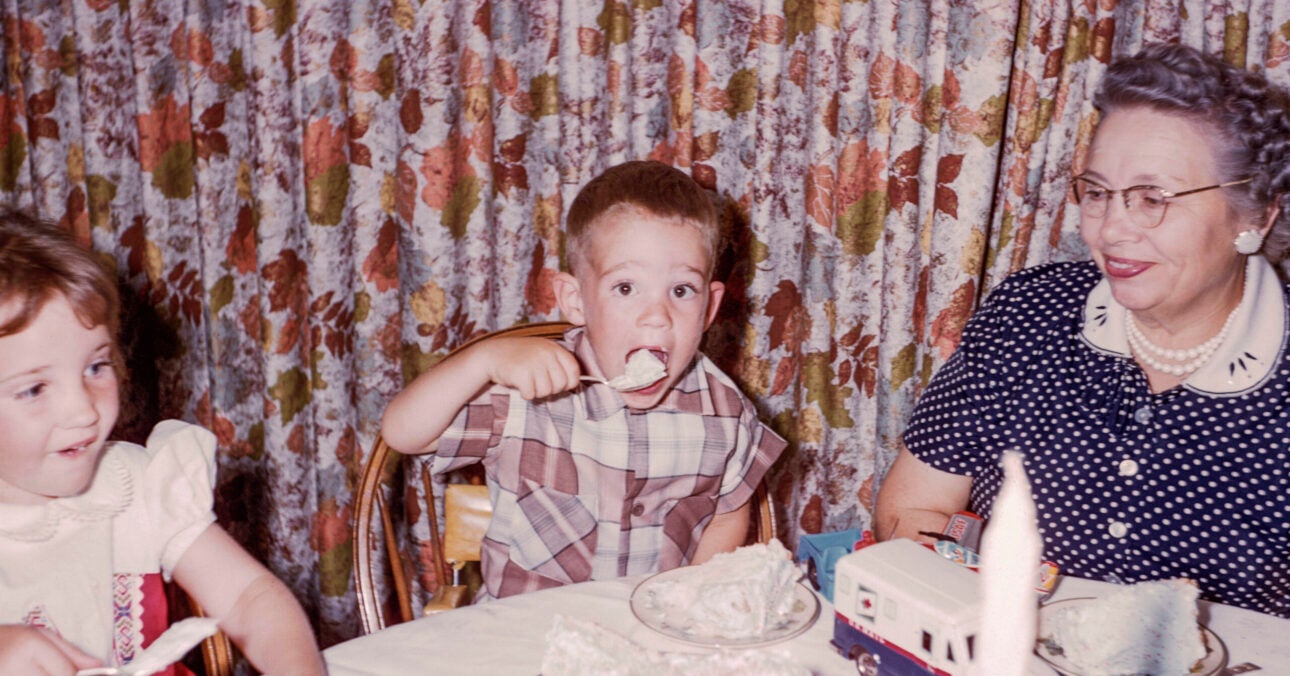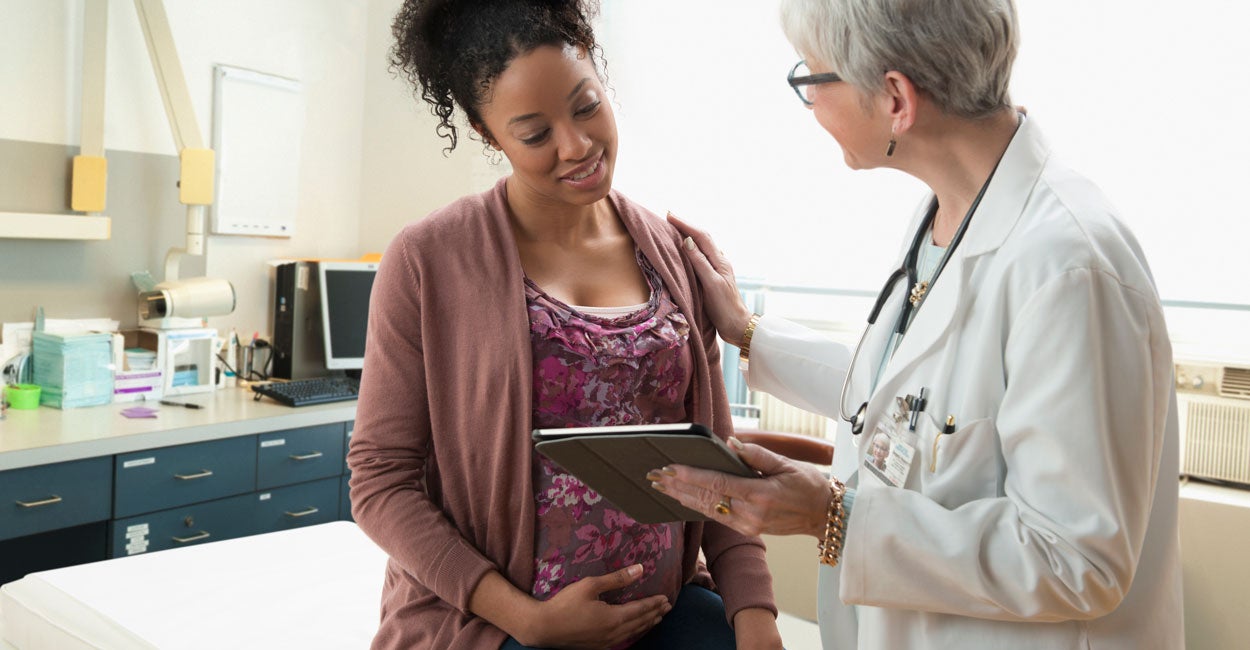New data from the Centers for Disease Control and Prevention reveals a striking 17% decline in maternal mortality after the Supreme Court overturned Roe v. Wade in 2022, defying alarmist predictions.
The decline tells us two things. First, it proves that protecting preborn children does not trigger a maternal health catastrophe, as critics often warned. The evidence is now clear: Pro-life laws did not negatively impact maternal mortality; in fact, maternal mortality has improved since legislating on abortion was returned to the states.
Second, and possibly most urgent, there’s still work to be done to confront the persistent tragedy of maternal mortality in the United States. Despite the drop to 18.6 deaths per 100,000 live births, 669 mothers were lost in 2023 alone—the highest rate among high-income countries.
That number, as significant as it is heartbreaking, rests at the heart of a complex web of maternal vulnerability factors. Research has consistently identified clear risk factors for women who die from maternal causes, which provides a blueprint for the challenges we must address.
One of the most glaring risk factors at play is the presence—or lack—of adequate maternal health care.
Approximately 2.2 million childbearing-age women and 150,000 babies are impacted by maternity care “deserts,” defined as counties where there are no maternal health care resources or providers. Expanding the definition to include counties with low access to care, a staggering 6.9 million women are impacted.
Other risk factors, while perhaps less obvious, are equally important. These include violent crime rates, access to transportation, overall maternal physical and mental health, substance use or abuse, educational opportunity, and socioeconomic opportunity.
Every one of these factors directly shapes the health and well-being of expectant mothers and the long-term outcomes for their children. If we are truly committed to improving the lives of these mothers and their babies, each of these issues requires urgent legislative action and budgetary prioritization. Addressing them is not optional, it’s a moral and practical imperative to ensure thriving families.
The Pregnancy Center Support Act and the MOMS Act are two bills that take vital steps toward this goal by fostering a culture that uplifts women. These laws go beyond rhetoric, offering tangible support to empower expectant mothers and reinforce their dignity. Together, they represent a meaningful shift, building systems that nurture both life and hope.
The Pregnancy Center Support Act would incentivize donations to the pregnancy resource centers providing lifesaving, life-changing maternal and prenatal care. The MOMS Act, for its part, would help develop an easily navigable website of material, social, and medical resources for vulnerable mothers to use in times of need. It would also seek to improve access to existing pre- and post-natal resources through a grant program for nonprofits and a grant program providing telehealth equipment for those health care deserts.
Promoting better and more accessible maternal care is just one piece of a broader pro-life vision. Equally critical is the need for the public and our lawmakers to begin to think seriously and clearly about who, exactly, is providing maternal care.
Planned Parenthood, flush with upward of $670 million in federal funding each year, positions itself as a women’s health care champion. But the numbers in their annual report tell a different story: Abortions are up 20% in the past decade, cancer screenings are down 58%, prenatal services were slashed by over 67%. This isn’t comprehensive care—it’s a narrow focus on ending preborn life.
Planned Parenthood is simply not equipped to provide the scope of care or resources necessary to save mothers’ lives when mortality rates are this high. Abortion is a fleeting response to a chronic struggle, ending a child’s life while leaving mothers without the sustained support they need to heal and thrive.
Pregnancy centers, on the other hand, offer women a lifeline: medical insight, personal caseworker support, material aid, education, and emotional care tailored to each woman’s journey.
Pregnancy centers, unlike abortion businesses, help vulnerable women do more than choose life for their children; they help these women choose a better life for themselves. Seventy-six percent of Human Coalition’s clients who initially contemplated abortion say that they would prefer to parent if their circumstances were different.
Therefore, we must focus on changing their circumstances. They also need our help to be able to survive and thrive as mothers.
That’s why this work is the work that will help reduce maternal vulnerability. This work is the work that will drive our maternal mortality rates down.
Abortions cannot and could never save the hundreds of mothers who die of maternal causes each year, and the taxpayer-funded abortion industry has demonstrated no interest in contributing to the solution. But the holistic medical, material, emotional, and social support pregnancy centers provide offers a genuine path toward saving the lives of both mother and child and building a future where every mother thrives.
We publish a variety of perspectives. Nothing written here is to be construed as representing the views of The Daily Signal.
The Daily Signal depends on the support of readers like you. Donate now






























